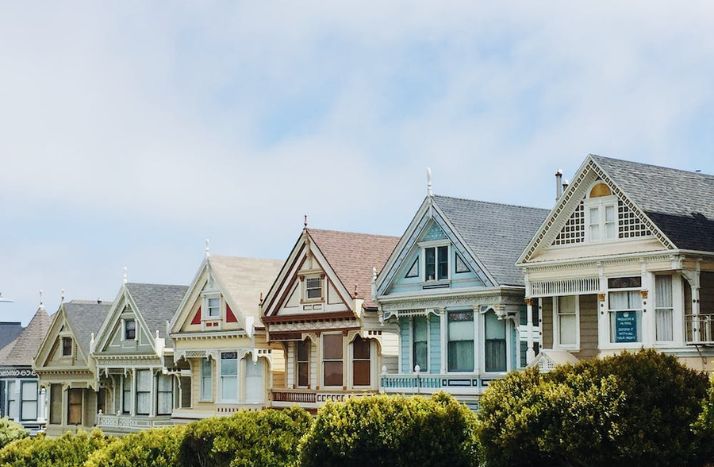
At the beginning of this period, Barcelona real estate market started from an average price of 2010 € / m2. The districts of greater prestige surpassed this average: Les Corts and Sarrià-Sant Gervasi, both with an average of 2500 € / m2 along 2001.
The increase in price / m2 in 2002 began to be stable, while at the same time increasing large scale in a generalized way, with an average increase of 21% per year in all of the city of Barcelona, until reaching in 2007, when it only increased by 4% and reaches € 4732 / m2 in what would be the beginning of the recession.
We observed in the first quarter of 2007 a general decrease of price / m2 in the whole city, Eixample included, except for the Zona Alta and Les Corts that resist until 2008 and go down gradually.
In times of recession, following the bursting of the bubble, statistics indicate that the city suffered a downhill dive of around 12% (500 € / m2) per year, with the highest prices in central districts such as the Eixample, Ciutat Vella and Sant Martí (-18%) in 2009, followed by Sarria-Sant Gervasi and Les Corts (9% and 10% respectively).
In the period 2010-2011, prices in Barcelona fell timidly between 5-6% in which seems to be a time of greater stability after the crisis.
The price of the house perceives a greater decline in 2012 (12%), specifically of the -21% in Ciutat Vella, -16% in Sant Martí, -14% in Sarrià-Sant Gervasi and Eixample, – 11% in Les Corts, to reach 2013 with a decrease of 12% in the whole city.
In 2013 the last fall occurs, somewhat lower (almost 10%) reached the minimum history of this post-recession period: € 3,045 / m2 on average among all districts.
The changes that are already visible in the first quarter of 2014 consist of an increase of 25% (+ 900 € / m2) in Ciutat Vella, historical and tourist center by excellence, giving here the greatest growth: from 2648 € / m2 to 3541 € / m2. While that the most favored districts are already starting to raise their price 200-300 € / m2 to reaching 2015: Sant Martí 9%, Eixample 5%. Les Corts and Sarrià-Sant Gervasi timidly increase by 2%. However, the most humble districts like Nou Barris or Sant Andreu would still continue to decline by around € 100 / m2 per year until stabilizing the following year.
Sant Martí is the district with the biggest increase in 2015 with an augmentation of 300 € / m2 (3634 € / m2 in the first quarter), increasing throughout 2016 progressively, and adding 800 € / m2 to the maximum level in the second quarter of 2017 (€ 4231 / m2).
In 2016, the growth ceases to be timid, with an increase of 8.7% in Sarrià-Sant Gervasi, 6.7% in Les Corts, 7.9% in Ciutat Vella, 7.4% in Eixample, Sants-Montjuic with 7.5% and only 3% in Gracia, while Nou Barris, Sant Andreu and Horta-Guinardó practically continue as they were.
It has been in the last year that price / m2 has grown with greater intensity in Barcelona, on average 15%, standing at € 4123 / m2 in the first quarter. The largest increase was in Sant Martí (19%) followed closely by Sants- Montjuic (18.9%), Ciutat Vella (14%), Sant Gervasi (13%) and Les Corts (12.5%). Nou Barris, Sant Andreu and Horta have also been dilated their prices but in smaller (7-8%).
The evolution of the last months of 2016 to mid-2017 points to a forecast of continuous increase. Factors such as growth in access to credit by citizens – currently 22% annually – or the stock of debt in rates positive, data that did not occur from the time before the burst of the bubble of the credit, instability in certain countries, or Brexit, have led to a lack of confidence on the part of the investor profile, that decides to opt for more emergent places


 The new capital gains tax in Spain
The new capital gains tax in Spain
 Top International Companies in Barcelona
Top International Companies in Barcelona
 Best real estate agency in Barcelona: How to choose it?
Best real estate agency in Barcelona: How to choose it?
